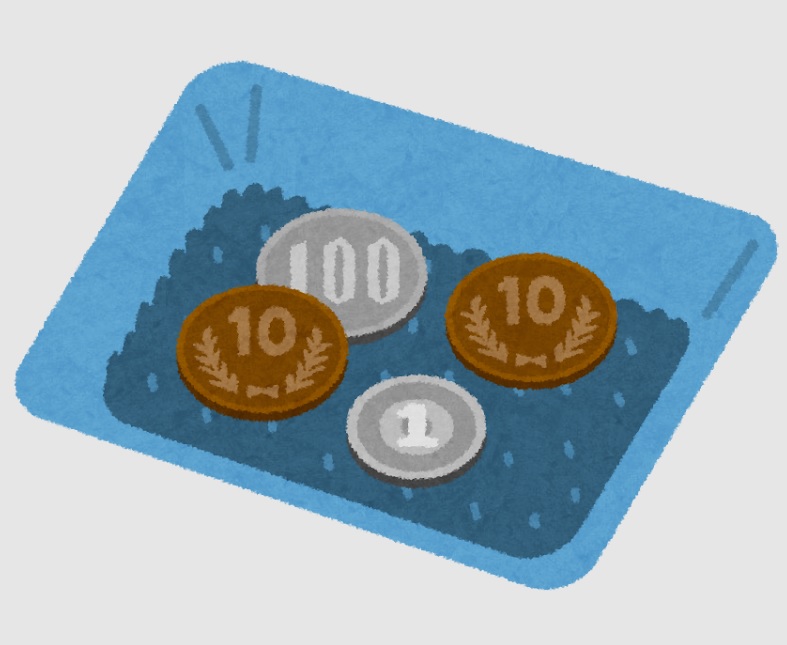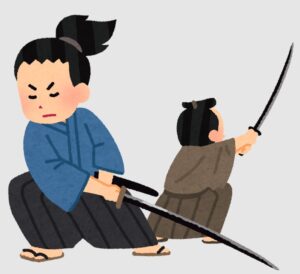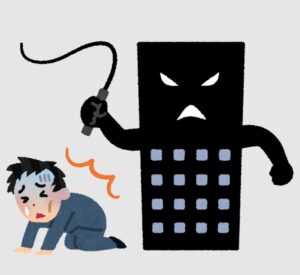「ものすごく悪い商品|投資信託の真実を暴露!基準価格と分配金の関係」
〜前回のつづき〜
●分配金の裏で、あなたの資産が減っている~喜んでる場合か?それ、返されたのは“元本”だぞ~

分配金=得している訳ではないんですよ。
例えば
価格が一口(一株)1万円の
投資信託があるとします。
投資信託の場合は
『一口』と言います。
株でいうと価格のことは
株価といいますが
投資信託でいうと
『基準価格』と言います。
価格が
一口1万円の商品がある。
これが
今年1%の利益を出した。
1万円預かったお金で
1%の利益を出した。
100円の利益を出した。
預かった1万円で
100円の利益を出せた。
だから投資家に
100円配当しても減らない。
要は
みんなが1万円
誰かから預かった訳です。
この1万円を使って
1%増やした。
何かに投資するとかして
100円増やした。
だったら
お金を出してくれた人に対して
100円配当しても
自分の手元にあるのは
1万円のままですよね?
減らない。
でもこの同じ条件で
1万円預かりました。
預かった1万円で
今年は利益が出なかった。
1万円で
利益を出せなかった場合に
投資家に1%=100円
配当を出してしまう。
100円配当を出した場合
自分の手元にいくら有るでしょう?
1万円預かって
100円配当を出した。
そうすると
自分の手元に有るお金は
9,900円になります。
1万円から100円引いたら
9,900円。
これを
『基準価格が1%下がる』
と言います。
だから仕組み上分配金を出すと
株価だろうが基準価格だろうが
必ず下がります。
難しい話じゃないですよね?

農家のおっちゃんに
上手く運用してもらうために
投資家は預ける訳です。
農家のおっちゃんに
100万円預けるすると
これを元に
色んな木などを
育てていく訳です。
でも
今年利益が出なかったのに
1万円配当を出しちゃうと
財布の中身は
99万円ですよね?
では
10万円配当を出したらどうなるか。
手元に
90万円有ることになりますよね?

意味ありますか?
という話です。
投資家から見たら

みんなのお金が
一部返ってきただけです。
基準価格が
そのままなのであれば
嬉しい事ですが
利益を出してないのに
自分のお金が
帰ってきただけです。
実際はもっと減ってる。
分配金の仕組みが
ややこしくしてるんです。
儲かってるのか
儲かってないのか
よくわからないという
初心者の投資家を
食い物にする
ものすごく悪い商品です。
〜〜〜つづく〜〜〜
Special Thanks college president Ryo.

●おまけ
≪≪perplexityちゃんによる文章まとめ≫≫
投資信託の分配金は利益の一部として支払われることもありますが、必ずしも儲かっているわけではありません。
例えば、1口1万円の基準価格で1%の利益があれば、100円の分配金を出しても元本は減りません。
しかし、利益がなければその分配金は元本の一部を返していることになり、基準価格はその分だけ下がります。
つまり、分配金をもらっても資産全体は減っていることがあるのです。
この仕組みを理解せずに分配金を喜ぶと、自分の資産が目減りしていることに気づかない場合があります。
初心者が誤解しやすく、悪質な商品も存在するため注意が必要です。
Citations:
[1] https://www.toushin.or.jp/investmenttrust/about/basic/index.html
[2] https://info.monex.co.jp/fund/guide/price.html
[3] https://www.smbcnikko.co.jp/terms/japan/ki/J0160.html
[4] https://www.smbc.co.jp/kojin/toushin/gimon/start07/
[5] https://www.bk.mufg.jp/column/shisan_unyo/0035.html
≪≪Chat-GPTくんによる英訳≫≫
〜Continuation from the previous post〜
【Behind the distributions, your assets are shrinking– Think you’re winning? That money you’re getting back is just your own principal.】
—
Distributions ≠ Profit.
Let’s make that clear.
—
Imagine there’s an investment trust priced at ¥10,000 per unit.
In investment trusts, we use the word “unit” instead of “share.”
And instead of “stock price,” we refer to it as the “NAV (Net Asset Value).”
So, let’s say this fund is priced at ¥10,000 per unit.
This year, it made a 1% return.
That means, using the ¥10,000 it collected from investors, it generated a ¥100 profit.
In this case, if the fund distributes ¥100 to investors, it doesn’t reduce the NAV.
Why?
Because that ¥100 is actual profit.
—
In short:
The fund received ¥10,000 per investor, invested it wisely, and earned 1% — ¥100.
So returning ¥100 to the investors as a distribution doesn’t reduce the fund’s value.
It still holds ¥10,000.
—
Now, let’s flip the scenario.
Suppose the fund still collected ¥10,000 from each investor…
But this time, it made no profit.
No gains at all. Zero return.
Despite that, it decides to distribute ¥100 per unit to investors.
So now—
How much is left in the fund?
Simple: ¥10,000 – ¥100 = ¥9,900.
The NAV drops to ¥9,900.
That’s what we mean when we say:
> “The NAV has fallen by 1%.”
—
So here’s the key:
Whether it’s stocks or investment trusts —
Distributions always reduce the price.
It’s not complicated, is it?
—
Let’s break it down further:
Think of it like this:
You give a farmer ¥1,000,000 to manage.
He invests it in planting trees and running a farm.
If he makes a profit — great, he can distribute returns.
But if he makes no profit, and still decides to give you ¥10,000 as a distribution…
His wallet now only has ¥990,000.
If he gives out ¥100,000 in distributions?
Now there’s just ¥900,000 left.
Does that make any sense?
From the investor’s point of view,
they’re just getting a portion of their own money back.
If the NAV stays the same, then yes — a distribution might feel like a reward.
But if the fund didn’t actually make money, then…
You’re just receiving your own principal back.
And in reality, it may be even less than it looks.
—
The system of distributions makes things confusing.
You can’t tell whether you’re actually making money or not.
Which is exactly how bad products take advantage of beginner investors.
—
They look attractive, but they’re designed to mislead.
And that’s the truth.
Special Thanks OpenAI and Perplexity AI, Inc








